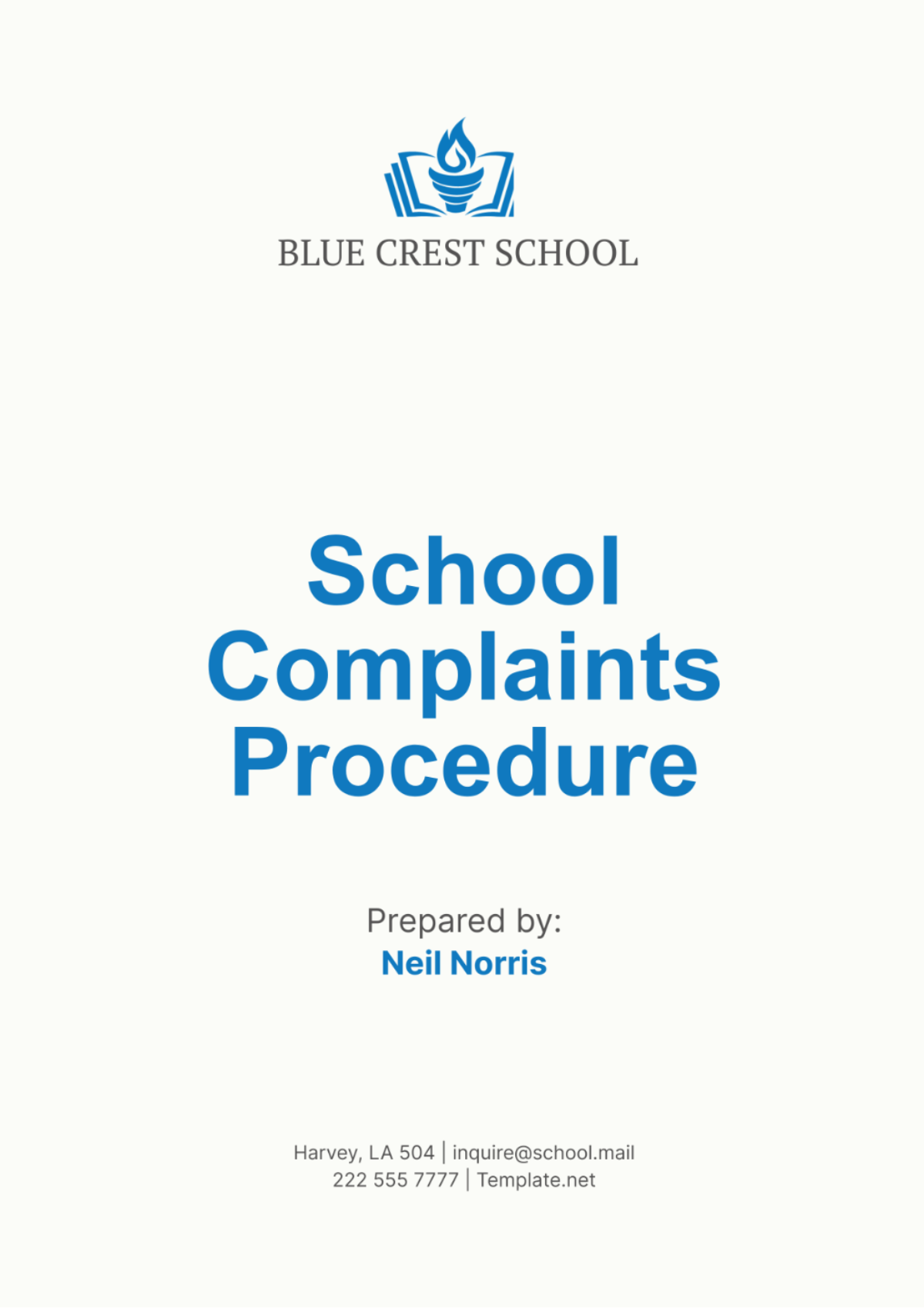Free School Complaints Procedure
Enhance your school's complaint handling with Template.net's School Complaints Procedure Template. This fully editable and customizable template, crafted using our advanced AI Editor Tool, ensures clear, consistent, and effective complaint resolution. Streamline your process and maintain a positive school environment effortlessly. Download and personalize it to suit your unique needs today!






























